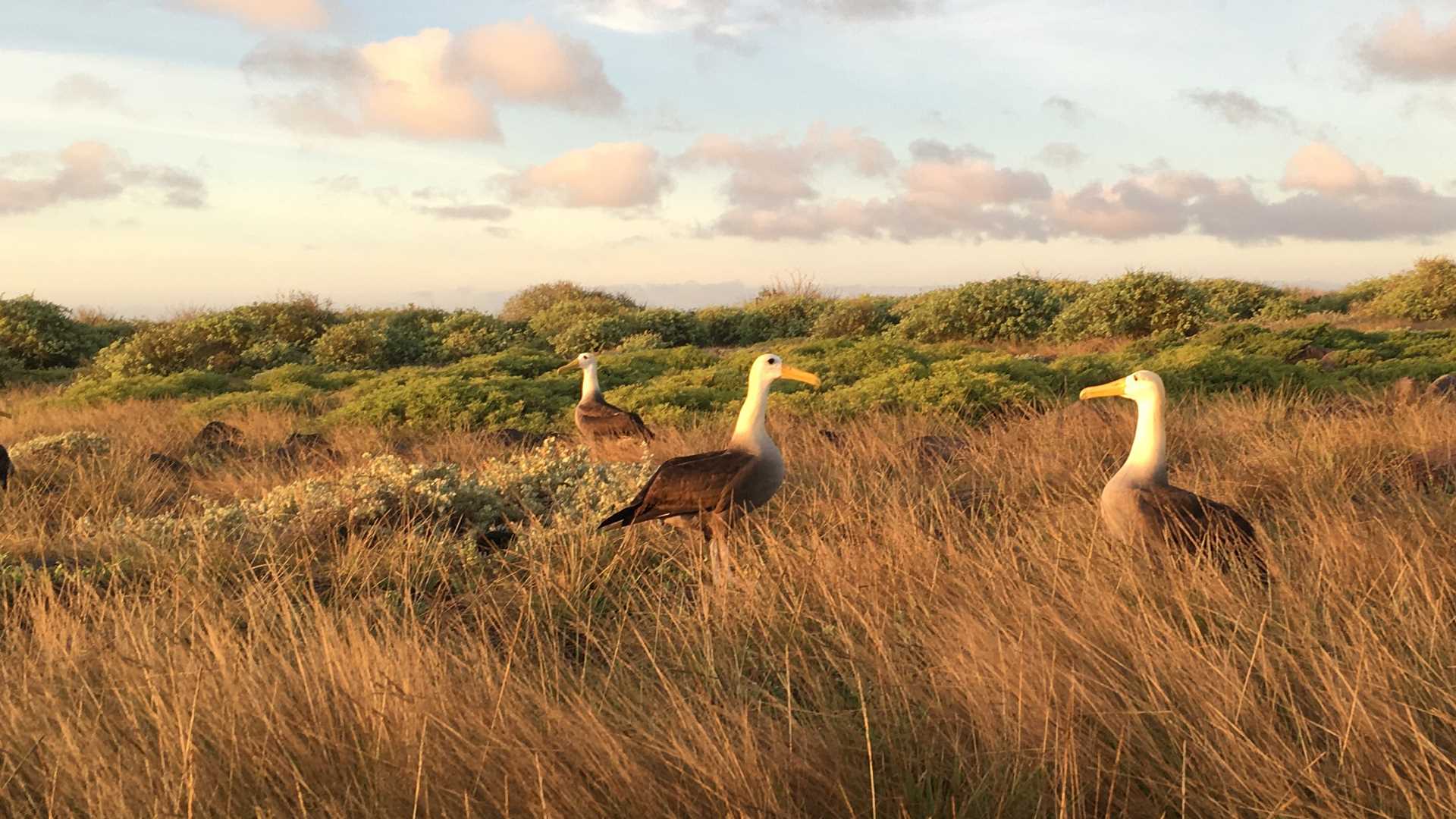Early this morning we made it in to one of the most beautiful treasures of Galapagos—the oldest island, Española.
Gardner Bay on Española is famous for beautiful beaches, with dazzling turquoise water and the finest white sand. It is used as a resting spot for the gracious sea lions. Early in the morning we disembarked with half of our guests, those that are experienced snorkelers, to Gardner Islet. Here we were lucky enough to have the clearest waters you can imagine , as well as calm conditions today for eastern Pacific Ocean. We were surrounded by sea lions, as well as a great abundance of fish, including wrasses, parrotfish, blennies, damsels and many more.
Meanwhile the novice snorkelers went to the beach to enjoy a walk between the noisy sea lions and got tips and lessons on how to snorkel, using our provided snorkeling equipment. Later in the afternoon, the novice snorkeler swapped places with the experienced snorkelers at Gardner Islet; so everyone got to enjoy both spots and no one missed a thing!
The afternoon was spent at Punta Suarez. Punta Suarez is the home of the most magnificent bird around the islands, the waved albatross. In addition, the area is filled with bird and reptile life; from the unique marine iguanas, lava lizards, land birds (including several species of Darwin Finches), doves, Espanola mockingbirds and more. I have to mention that a great number of these are not only unique to Galapagos but unique to Española; not only in their taxonomy but in behaviors, like the only monogamous Galapagos hawk population, which is found here.
This is the perfect time of the year on the island, when the albatross are courting with their perfectly synchronized sword dance. The Nazca boobies were also spotted in pairs, as well as the endemic Galapagos nocturnal gulls, the swallow-tailed gull.






